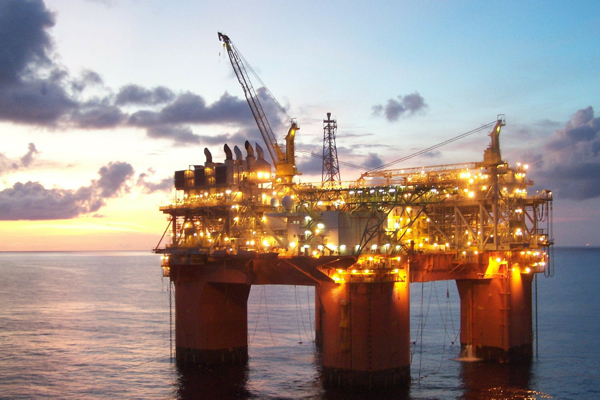
BHP Group touted bullish plans on Monday to expand in oil and gas after quitting a disastrous foray into U.S. shale, defying investors who want the world’s biggest miner to cast off the business.
The company’s petroleum head said the business is set to deliver strong returns and cash flow through the 2020s and beyond, supported by high-potential projects in the Gulf of Mexico, Western Australia and Trinidad & Tobago.
Petroleum, which accounted for about 16% of BHP’s underlying earnings in 2018/19, could potentially generate margins of more than 60% over the next decade, Geraldine Slattery, President Operations Petroleum, told a briefing.
Petroleum, which accounted for about 16% of BHP’s underlying earnings in 2018/19, could potentially generate margins of more than 60% over the next decade
Excluding the shale business, the company’s oil and gas arm has long had some of the strongest returns in the group’s portfolio, including iron ore, copper and coal.
With projects awaiting approval, the division could support average annual volume growth of up to 3% in the decade to 2030, and deliver average internal rates of return for major projects of around 25%, she said at the company’s first petroleum briefing since 2016.
“In a decarbonising world, deepwater oil and advantaged gas close to established infrastructure can offer competitive returns for decades to come,” Slattery said.
BHP said it made sense to expand in oil, even in a world with rapid uptake of electric vehicles, with demand for petroleum set to grow for trucks, petrochemicals and fertilisers well into the second half of this century.
It singled out potential growth from the Scarborough gas project operated by Woodside Petroleum, the Wildling Phase I and Trion projects in the Gulf of Mexico, and its Trinidad & Tobago North assets – all still unsanctioned.
“Scarborough offers material growth potential to our Australian portfolio,” Slattery told analysts at a briefing.
She said BHP sees the highest returns from adding resources through exploration, but did not rule out making acquisitions.
Last year, BHP ended a massive loss-making seven-year foray into shale by selling most of its U.S. onshore shale oil and gas assets to BP Plc for $10.5 billion.
RBC Capital said in a note on Monday that while the petroleum division had suffered from the misadventure, three offshore projects under construction should substantially boost production over the next three years.
A return to growth for the petroleum division, where output is slated to fall this year, would also differentiate BHP from the wider, iron ore-heavy diversified mining sector, RBC said.
BHP’s Australian-listed shares closed down 0.3%, roughly in line with the broader mining index.
(By Niyati Shetty and Sonali Paul; Editing by Richard Pullin)
Comments